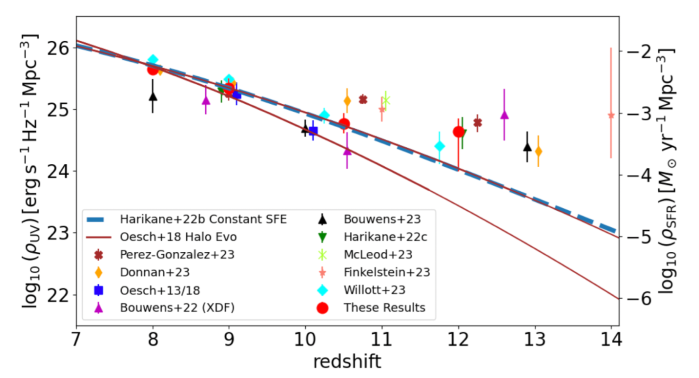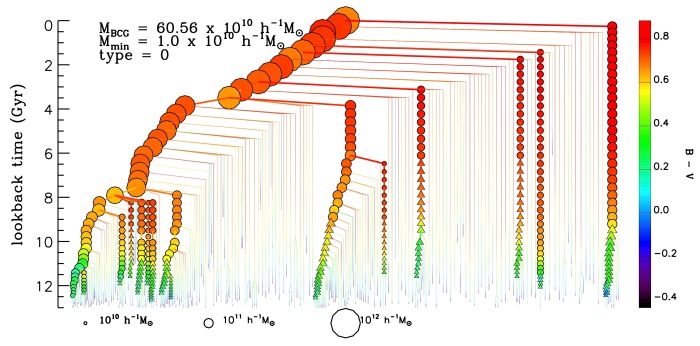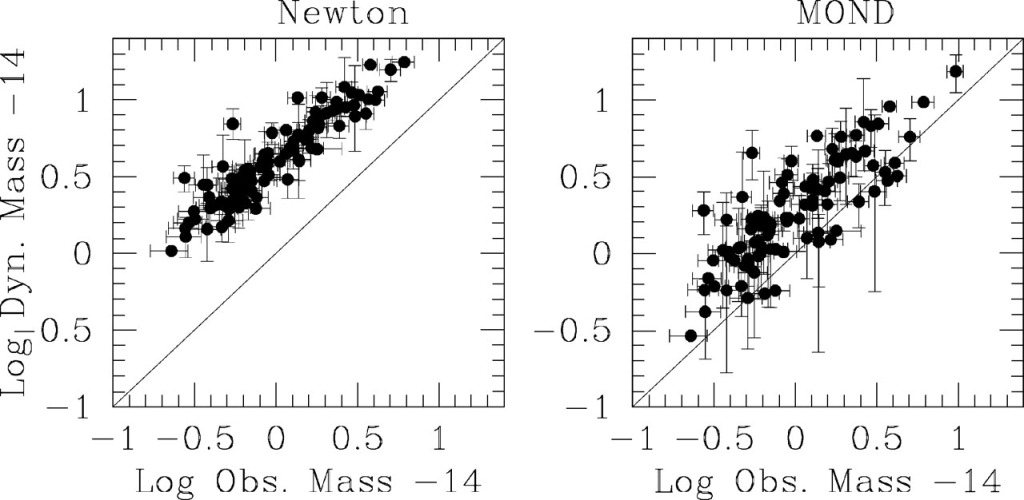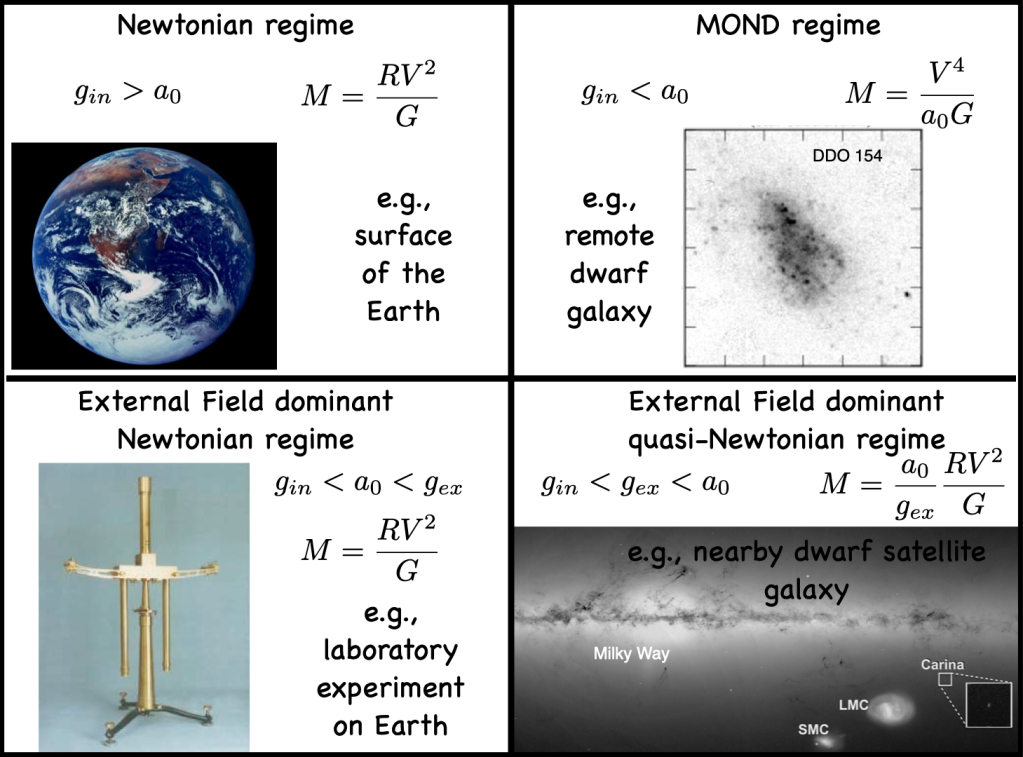Given recent developments in the long-running hunt for dark matter and the difficulty interpreting what this means, it seems like a good juncture to re-up* this: The history of science is a decision tree. Vertices appear where we must take one or another branching. Sometimes, we take the wrong road for the right reasons. A good example is the geocentric vs. heliocentric cosmology.
Publicaciones de Rogue Scholar

I want to take another step back in perspective from the last post to say a few words about what the radial acceleration relation (RAR) means and what it doesn’t mean. Here it is again: This information was not available when the dark matter paradigm was developed. We observed excess motion, like flat rotation curves, and inferred the existence of extra mass. That was perfectly reasonable given the information available at the time.

In the previous post, we discussed how lensing data extend the Radial Acceleration Relation (RAR) seen in galaxy kinematics to very low accelerations. Let’s zoom out now, and look at things at higher accelerations and from a historical perspective.

Last time, we discussed the remarkable result that gravitational lensing extends the original remarkable result of flat rotation curves much farther out, as far as the data credibly probe. This corroborates and extends the result of Brouwer et al. They did a thorough job, but one thing they did not consider was Tully-Fisher.

That rotation curves become flat at large radii is one of the most famous results in extragalactic astronomy. This had been established by Vera Rubin and her collaborators by the late 1970s. There were a few earlier anecdotal cases to this effect, but these seemed like mild curiosities until Rubin showed that the same thing was true over and over again for a hundred spiral galaxies.

I just got back from a visit to the Carnegie Institution of Washington where I gave a talk and saw some old friends. I was a postdoc at the Department of Terrestrial Magnetism (DTM) in the ’90s. DTM is so-named because in their early days they literally traveled the world mapping the magnetic field. When I was there, DTM + had a small extragalactic astronomy group including Vera Rubin*, Francois Schweizer, and John Graham.

The results from the high redshift universe keep pouring in from JWST. It is a full time job, and then some, just to keep track. One intriguing aspect is the luminosity density of the universe at z > 10. I had not thought this to be problematic for LCDM, as it only depends on the overall number density of stars, not whether they’re in big or small galaxies. I checked this a couple of years ago, and it was fine.

A common refrain I hear is that MOND works well in galaxies, but not in clusters of galaxies. The oft-unspoken but absolutely intended implication is that we can therefore dismiss MOND and never speak of it again. That’s silly. Even if MOND is wrong, that it works as well as it does is surely telling us something.

To start the new year, I provide a link to a discussion I had with Simon White on Phil Halper’s YouTube channel: In this post I’ll say little that we don’t talk about, but will add some background and mildly amusing anecdotes. I’ll also try addressing the one point of factual disagreement. For the most part, Simon & I entirely agree about the relevant facts; what we’re discussing is the interpretation of those facts.

I have tried very hard to remain objective and even handed, but I find that I weary of the wide binary debate. I don’t know what the right answer will turn out to be. But I do have opinions. For starters, it is a big Galaxy. There is just too much to know. When I wrote about the Milky Way earlier this year, the idea was to set up an expectation value for wide binaries in the solar neighborhood.